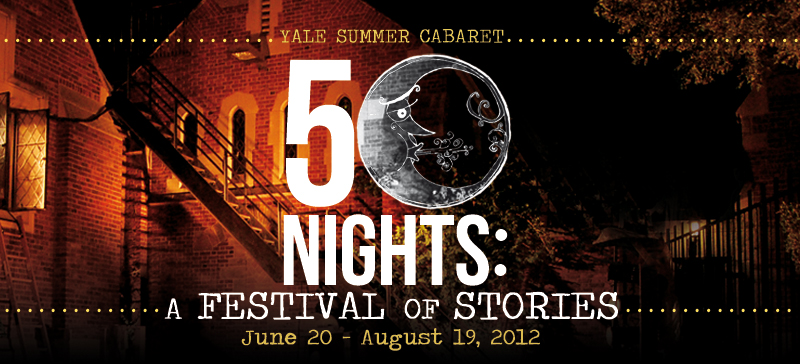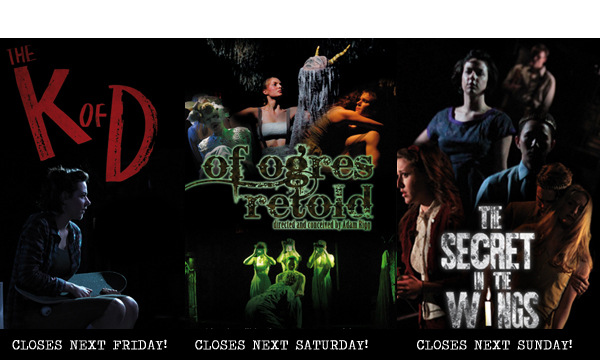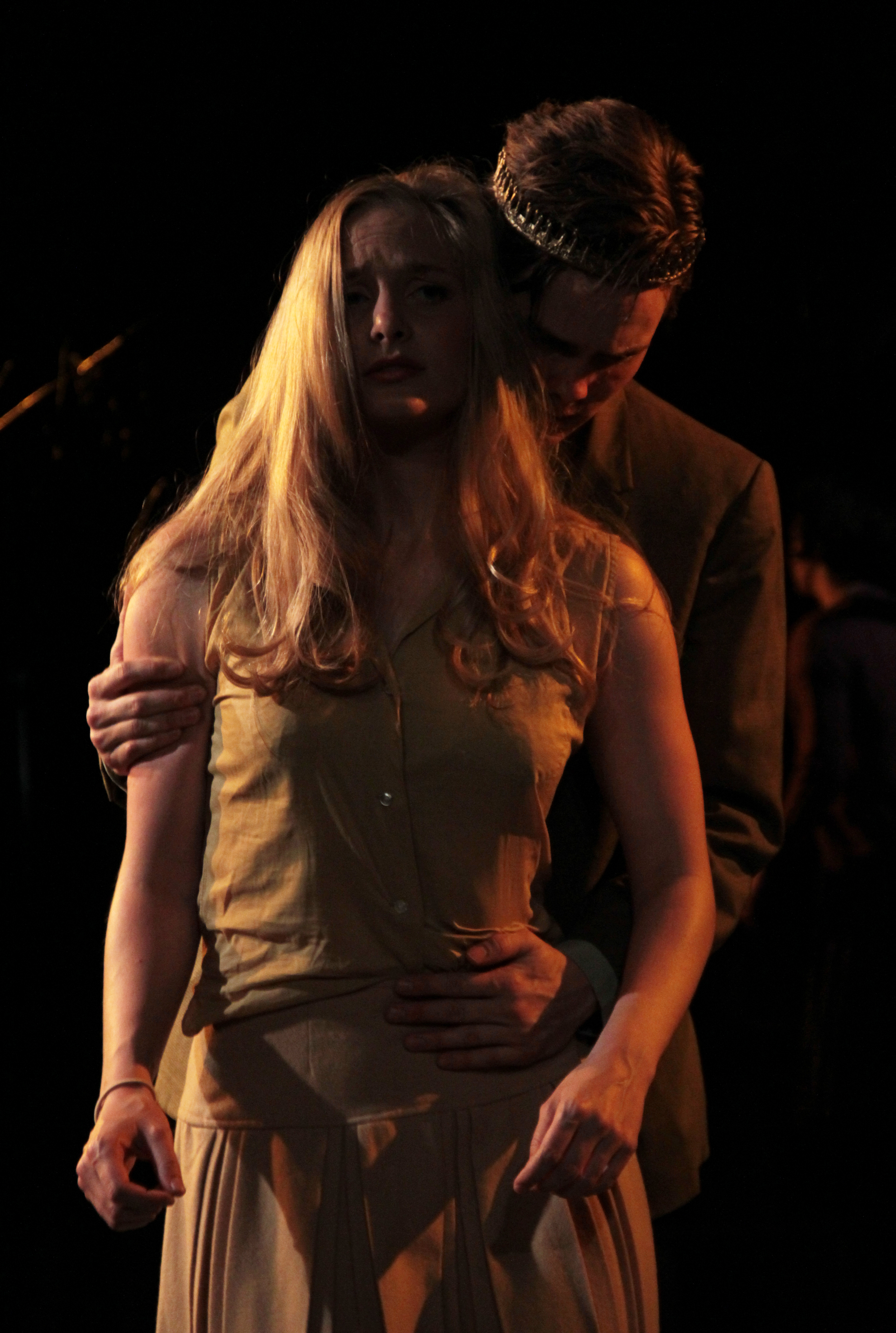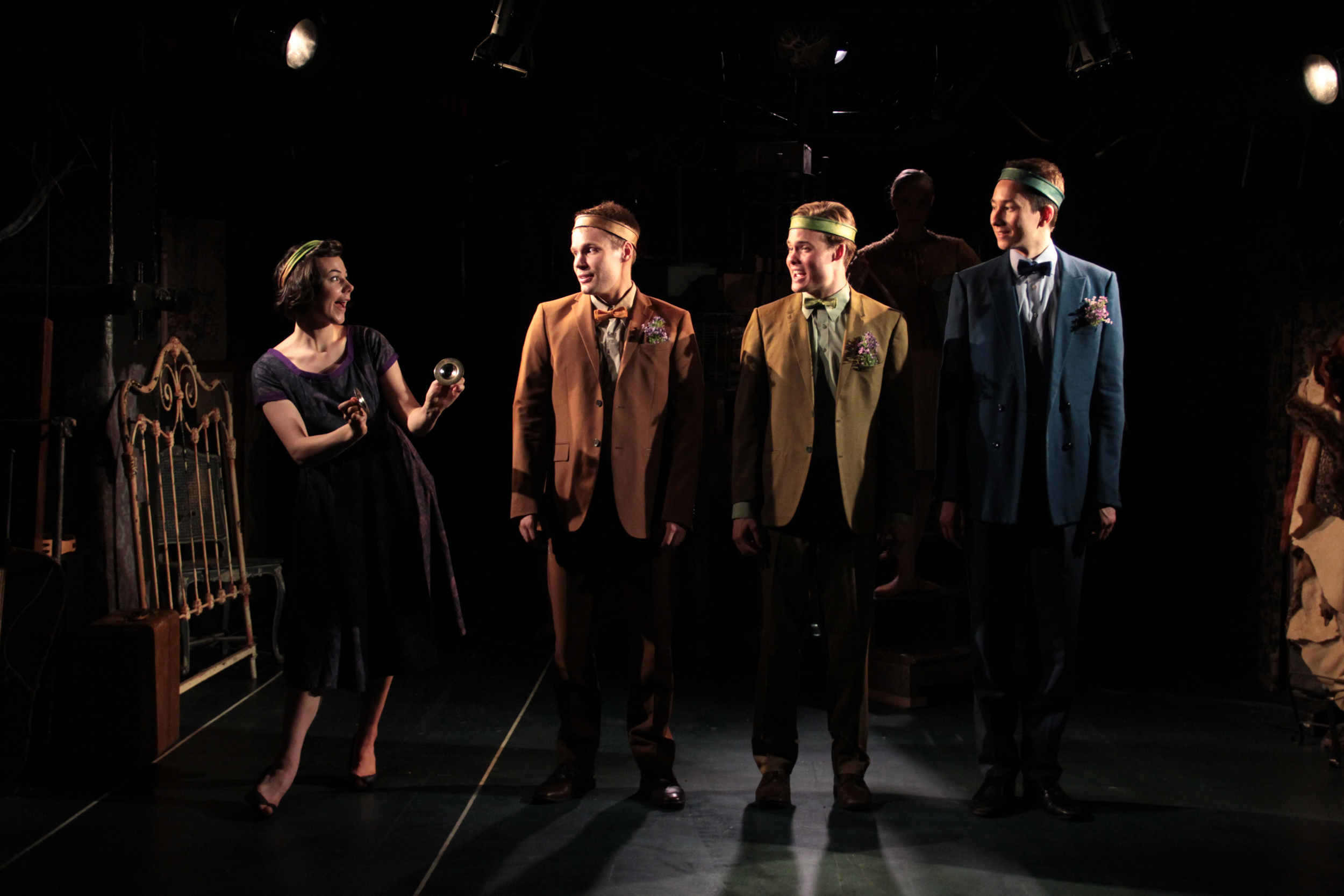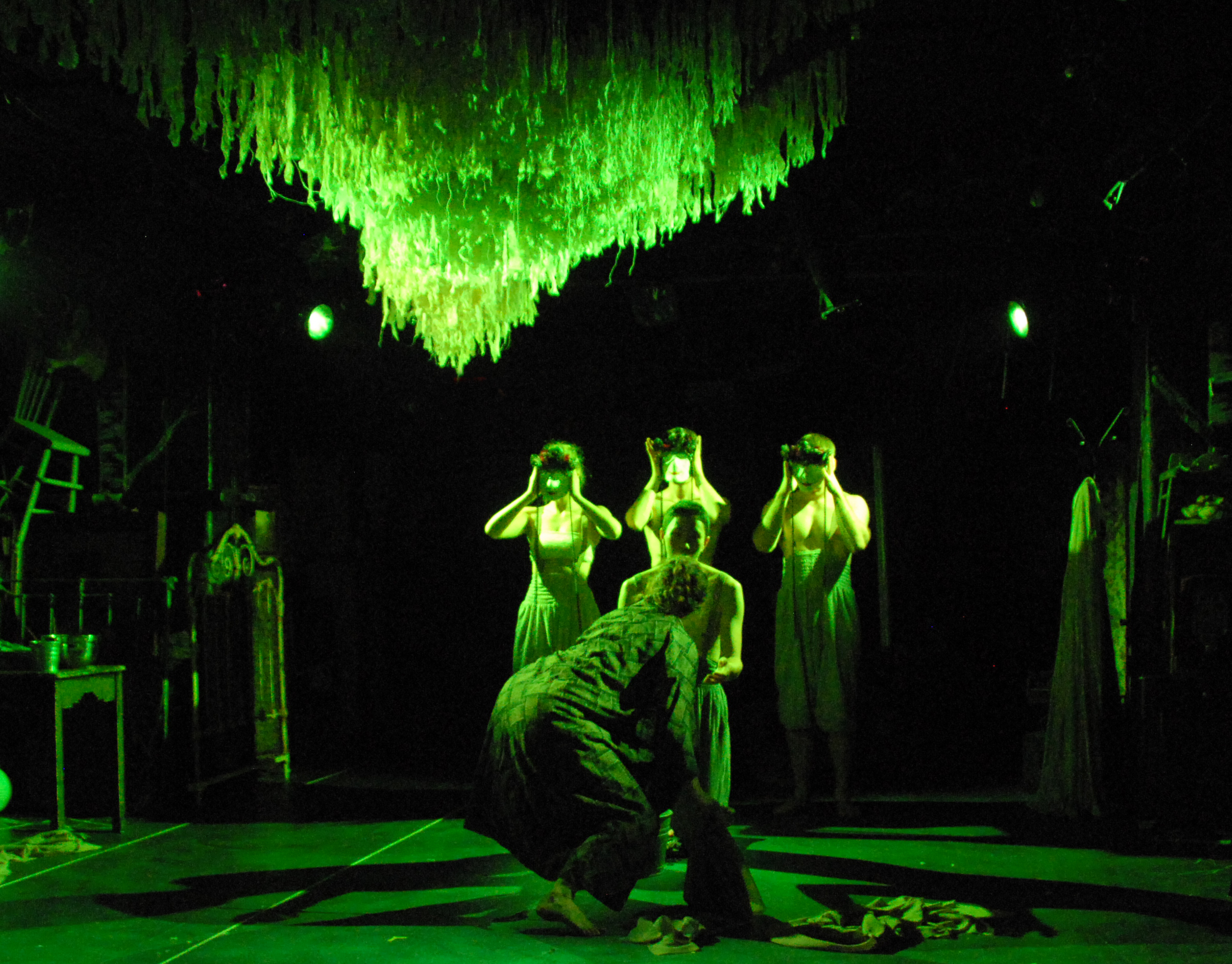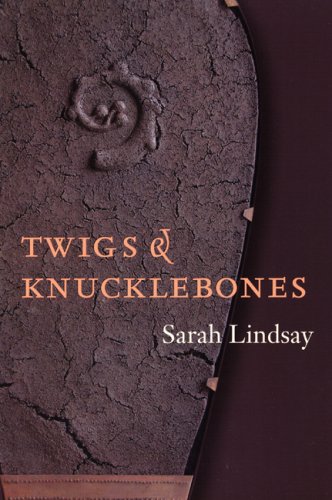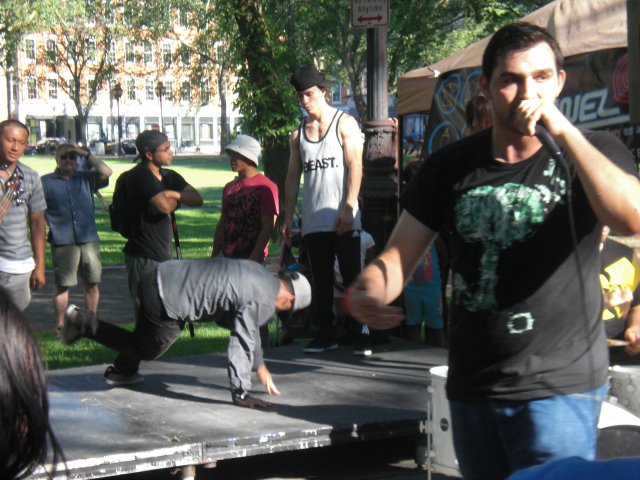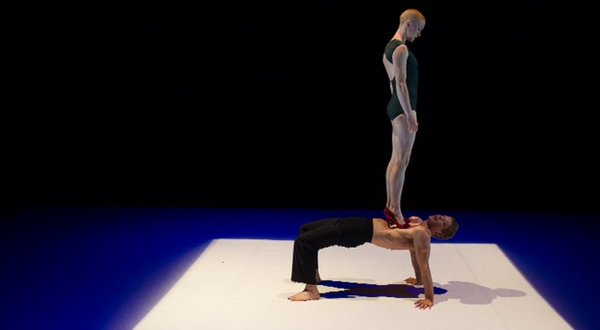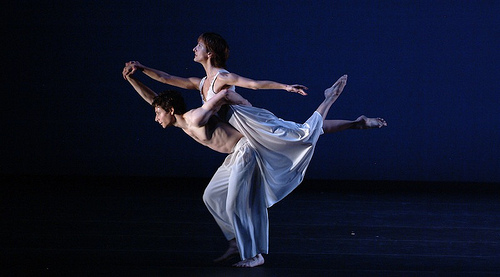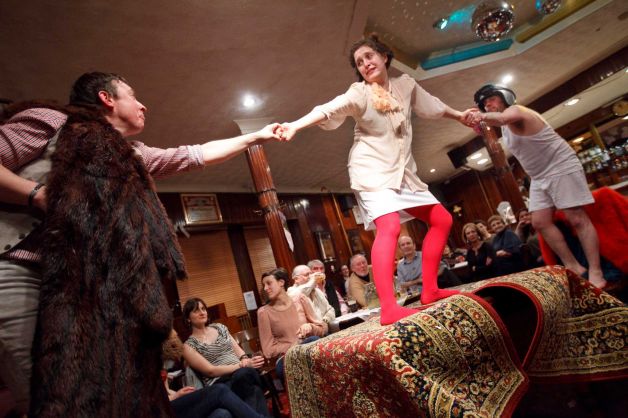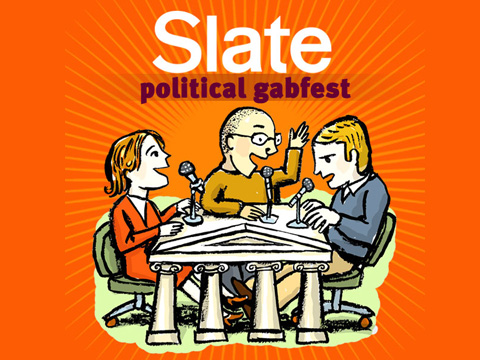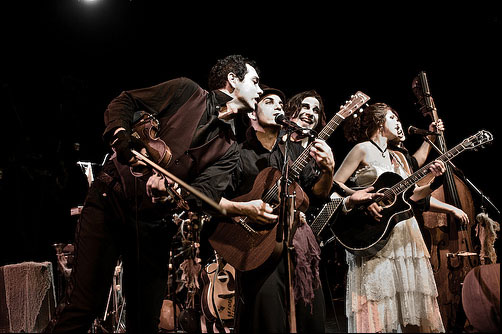Look around. School’s back in session. That means it must be time for the new theater season to get up and running. Since the close of the Yale Summer Cabaret’s 50 Nights: A Festival of Stories, the space at 217 Park Street has been transformed into readiness for the launch, on September 20, of the 45th season of the Yale Cabaret. With 45 years under its belt, serving up a feast of great theatrical experiences, as well as literal feasts in the form of inventive food service, the Yale Cabaret should be well-known to New Haveners and, indeed, to anyone in the region interested in adventurous theater—and that should certainly include New Yorkers on the lookout for out-of-town talent. The Cabaret is entirely run by grad students in the Yale School of Drama, and each season provides a satisfying element of surprise, as audiences get to find out first hand what the current YSDers find provocative, exciting, and challenging. Each play plays for only three nights, five shows—Thursday, twice on Friday, and twice on Saturday—thus the change-overs are fast and furious and the offerings are as varied as possible, making each week a fresh discovery.
Ethan Heard, a third-year director in YSD, is the Artistic Director this year, aided by Managing Director Jonathan Wemette, and by two Associate Artistic Directors, Ben Fainstein and Nicholas Hussong, and Associate Managing Director Xaq Webb. In the previous two years of the program, Heard was involved in two memorable shows—for 2010-11, he directed and contributed as a writer to the gender-bending comedy musical Trannequin!, and in 2011-12, he directed a rather more brooding music-based theater piece called Basement Hades. Which is a way of saying that Heard has already paid his dues in showing his commitment to the possibilities of the Cab.
I asked Heard if he could elaborate on what, as the leader of the enterprise, he might consider his vision of the season to be (when we spoke, only three of the first semester’s plays had been chosen, with the process of determining the offerings of the other six weeks to take place shortly). Heard said he and his team had developed five core values to the Cab as they see it. Enumerating them should give you a fair idea of the kinds of things the Cab hopes to accomplish this year.
First, “presence”—the “essential component of live theater” as practiced at the Cab, which, in practice means, that whatever you’re watching doesn’t feel removed or remote—it feels like it’s part of the space and the world the audience inhabits. Next comes “inclusivity” and that has to do with who the audience is. Heard would like all manner of theater-goers to attend, and so the Cab has established “Ambassadors” appointed to spread the word, to bring together groups to attend, and generally to act as grease to the wheels of publicity—in particular, Heard and company are in hopes that Yalelies, both grad and undergrad, who have a tendency to withdraw into their own circles and fields of study, will want to find out more about this local treasure. Then there’s “risk”—a key element of the entire enterprise and one that needs stressing: while outreach says everyone should feel welcome to attend, there’s the proviso that a certain amount of risk is involved. The work the Cab aims at stresses an active audience whose presence is part of the show in subtle ways. Which leads us to 4: transformation, the idea that a theatrical experience can change you, that you will not leave exactly as you came. It’s an interesting and challenging idea, perhaps common to performers and audience alike, but how often do we really accept it? Certainly, we go looking for “something different,” but when we find it do we let it make us be different? And for the cast and crew to stress transformation, the show can’t be just a resumé-stuffer—it’s got to be the sort of thing where being a part of it matters. Finally, then, the big one: purpose. Without getting too meta, we can say that the purpose of theater is to make us think about the purpose of anything and everything. Why, as social beings, do we do what we do, and what does it mean to gather together to see human behavior—in all its varieties—enacted?
So, what’s ahead?
First up is an adaptation of Mikhail Bulgakov’s novella, The Fatal Eggs (1925), translated from the Russian by Ilya Khodosh, and directed by Dustin Wills. Heard describes Bulgakov as a “slightly livelier Chekhov” and the plot of the play sounds like it would be at home in a Hollywood B-movie of the Fifties: zoologist discovers a means to speed up the development of animal life, and the method is seen as a must-have boon when a dire plague exterminates Russia’s chickens. The Chicken That Ate Moscow? Maybe not, but Bulgakov landed in hot water for seeming to send-up the foundational 1917 revolution that gave us so much. The Cab’s version will feature live music, giant puppets and a cast of seven assaying 62 roles. And, unless I miss my guess, in the Cab’s hands a satiric, frightening, comic treatment of manipulative media and mass hysteria is bound to feel much closer to home than the U.S.S.R. of the 1920s.
Next up is This., a project developed by director Margot Bordelon, playwright Mary Laws, and dramaturg Alex Ripp from interviews conducted with volunteers from the Yale and the New Haven communities; the 40+ interviews, together with solicited anonymous emails, provided the material of the play, an ensemble piece that pulls together the kinds of stories people don't usually tell about themselves. Heard said that themes of loss and regret seemed to surface the most, as the participants took stock of their lives and looked back on important decisions and outcomes. In performance, the play is bound to be a fascinating experience: some in the audience will be seeing their stories turned into drama, others will be seated near the source of some element in the play, and the intimate space of the Cab should make those aspects of the drama very much present and part of the show. Whose story is it, anyway?
Third will be Ain’t Gonna Make It—ostensibly the phrase that corresponds to the baleful acronym AGMI, which, when inscribed by a doctor on a patient’s chart, spells “finis.” In this show, developed by Lauren Dubowski, dramaturg, Nicholas Hussong, design, Cole Lewis, directing, and Masha Tsimring, lighting design, Tim Brown is the patient and his confrontation with mortality will involve filmed projections, a band, and sentiments about life delivered via rockabilly and a strong visual presence.
Certainly these shows feature presence and risk and have purpose—the transformative power will be determined by you, the audience, and the Cab would like to make that experience as inclusive as possible. These are divisive times we live in. We should welcome the Cab’s ambition to be something we can all experience differently—together.
Theater, 45, youthful, engagement-minded, seeks adventurous audience looking for something different…
The Yale Cabaret 45 Ethan Heard, Artistic Director Jonathan Wemette, Managing Director Ben Fainstein and Nicholas Hussong, Associate Artistic Directors Xaq Webb, Associate Managing Director
The Fatal Eggs, by Mikhail Bulgakov, adapted by Ilya Khodosh and Dustin Wills; directed by Dustin Wills Sept. 20-22
This., conceived and created by Margot Bordelon, Mary Laws, Alex Ripp; script by Mary Laws, directed by Margot Bordelon Sept. 27-29
Ain’t Gonna Make It, conceived by Lauren Dubowski, Nicholas Hussong, Cole Lewis, and Masha Tsimring Oct. 4-6
217 Park Street, New Haven, CT (203) 432-1566 / ysd.cabaret@yale.edu


